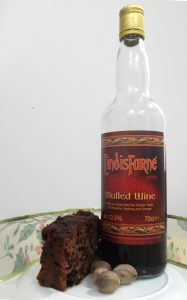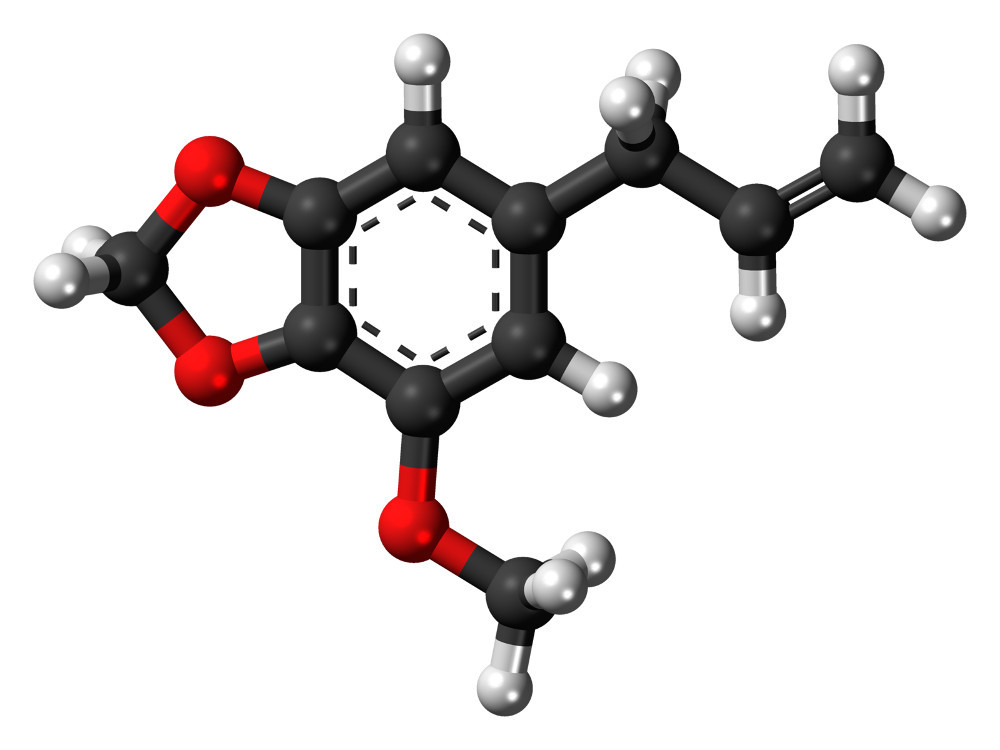By Helen Miller

On 23rd December 1616 Nathaniel Courthope came into view of Pulo Run, an island situated in the Moluccas (Indonesia), which have been known as the Spice Islands of the East Indies, and is the region from which nutmeg originates. Courthope was the Captain of a trade ship who had been sent by the East India Company to make friends with the fierce locals and get them to agree to trade nutmeg (Milton, 1999).
Nutmeg is a spice used in many traditional festive foods. The form of nutmeg used in these treats is a powder gained by grating the dried seed of the Nutmeg tree, Myristica fragrans. This tree is one of the Nutmeg family, the Myristicaceae, of which there are 15 genera and more than 300 species (Sharma and Armstrong, 2013). It is not the only spice to come from this tree: mace is the sister spice to nutmeg and is made from the red aril, or webbing, covering the seed.

These spices have historically been very important with fortunes made from them. It was for this reason that the Dutch (and the French and Portuguese, but mainly the Dutch) also had an interest in the Isle of Run and the Spice Islands during the 17th century. The conflict between the Dutch and British was eventually resolved when the two countries signed a peace treaty allowing them to keep their captured islands: the Dutch kept Run and the East Indian Islands; the British kept the New Netherlands, i.e. Manhattan Island, which they renamed New York (Milton, 1999). The British did eventually manage to transport Nutmeg to India, where it was grown in large plantations. Now though, it is grown in Indonesia and Grenada (Sharma and Armstrong, 2013) and few people have heard of the Isle of Run!

Economics is not the only reason why Nutmeg is important: the Myristicaceae are members of the order Magnoliales which is a sister group to other flowering plants (Soltis et al., 2011). The genus Myristica contains 100 members (Sharma and Armstrong, 2013) and plays an important role in the ecology of tropical forests, such as the Amazon, where the small, inconspicuous flowers are highly fragrant and attract many different insect pollinators (Sharma and Shivanna, 2011).
Editor’s Note
Nutmeg is also the source of myristicin, a pshychoactive compound and anticholinergic agent – thankfully not noticeably active at the level used for nutmeg flavouring.

References
Milton, G. (1999) Nathaniel’s Nutmeg, Hodder and Stoughton, London.
Sharma, M. V. and Armstrong, J. E. (2013) Pollination of Myristica and other nutmegs in natural populations, Tropical Conservation Science 6(5):595-607.
Soltis, D. E., Smith, S. A., Cellinese, N., Wurdack, K. J., Tank, D. C., Brockington, S. F., Refulio-Rodriguez, N. F., Walker, J. B., Moore, M. J., Carlsward, B. S., Bell, C. D., Latvis, M., Crawley, S., Black, C., Diouf, D., Xi, Z., Rushworth, C. A., Gitzendanner, M. A., Sytsma, K. J., Qiu, Y.-L., Hilu, K. W., Davis, C. C., Sanderson, M. J., Beaman, R. S., Olmstead, R. G., Judd, W. S., Donoghue, M. J. and Soltis, P. S. (2011) Angiosperm phylogeny: 17 genes, 640 taxa. American Journal of Botany 98: 704-730.
Sharma M. V. and K. R. Shivanna (2011) Pollinators, pollination efficiency and fruiting success in a wild nutmeg, Myristica dactyloides. Journal of Tropical Ecology 27, 405–412.
Helen Miller is a MSc Plant Diversity Student at the University of Reading (2017/2018).
